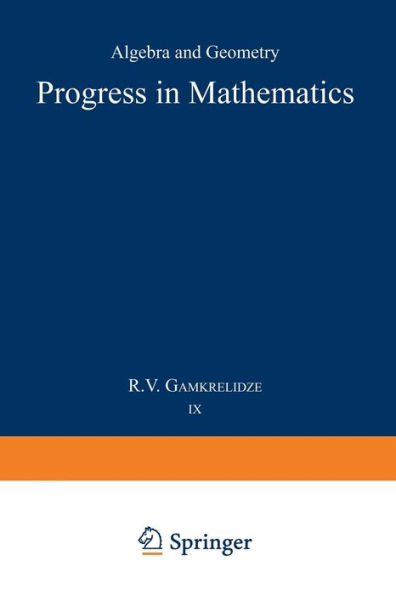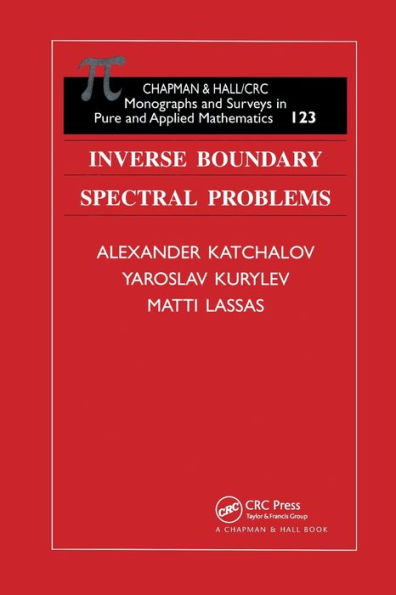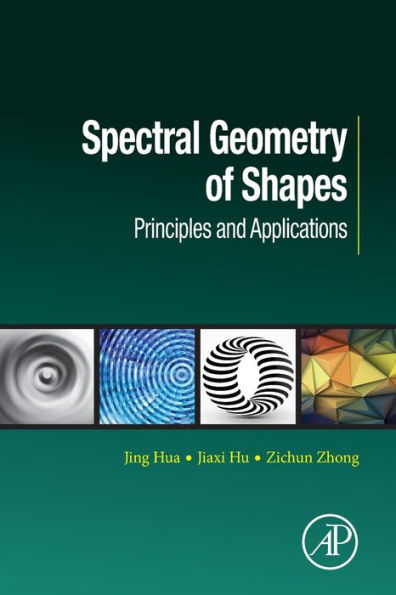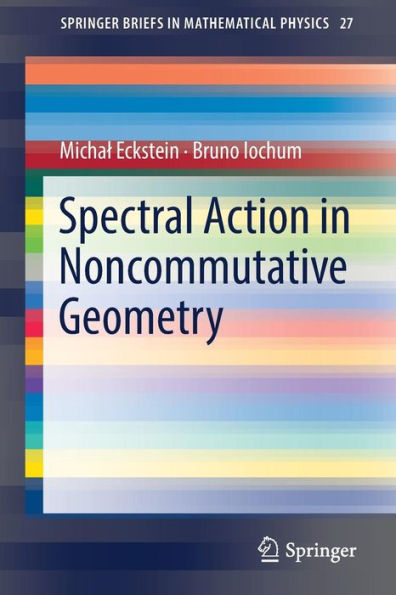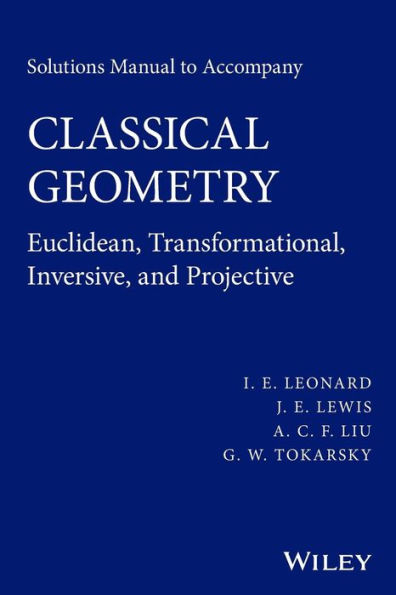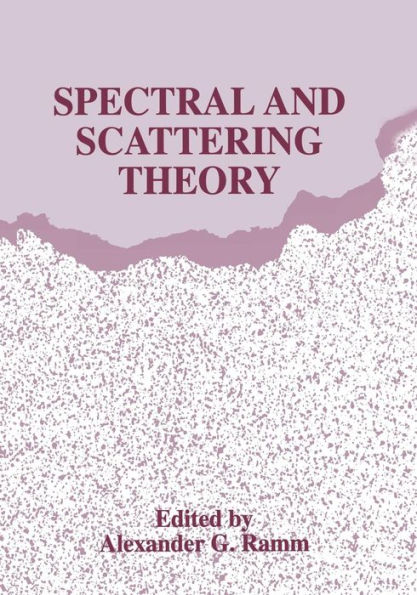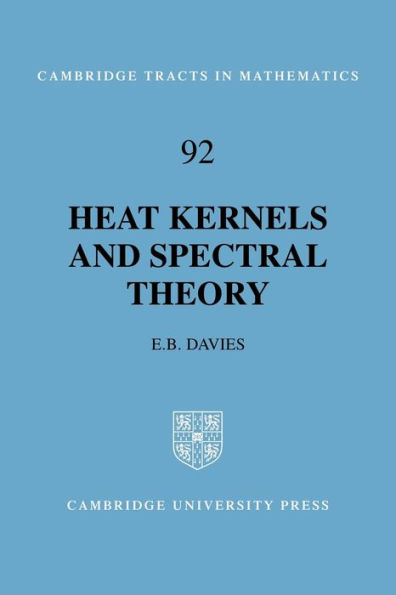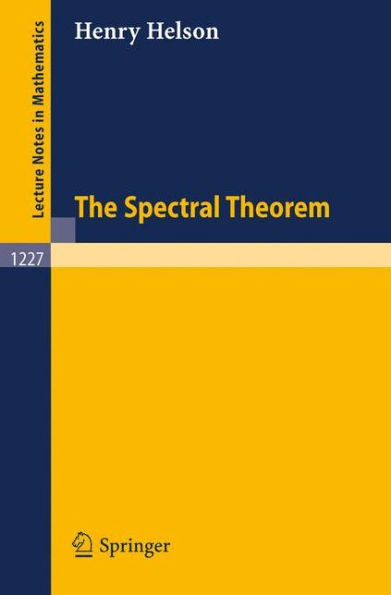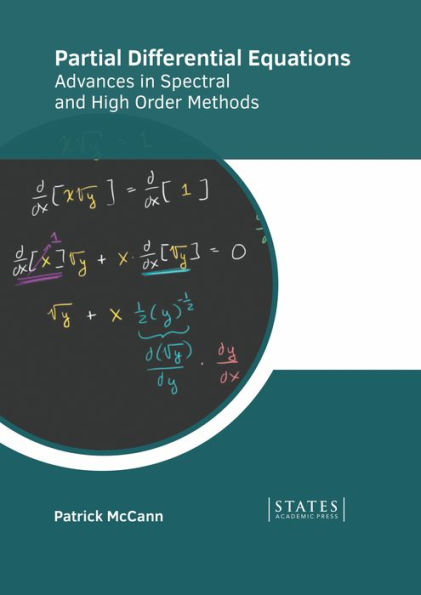Home
Progress in Inverse Spectral Geometry
Barnes and Noble
Progress in Inverse Spectral Geometry
Current price: $54.99
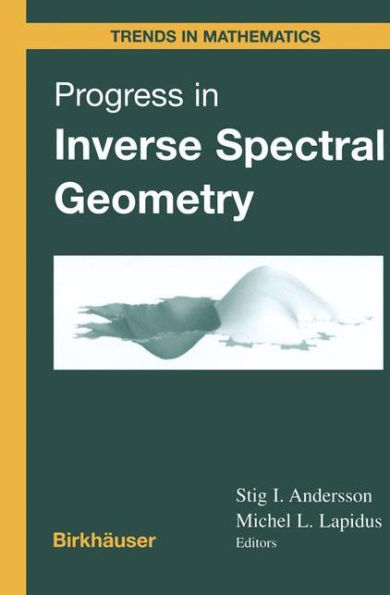

Barnes and Noble
Progress in Inverse Spectral Geometry
Current price: $54.99
Size: OS
Loading Inventory...
*Product information may vary - to confirm product availability, pricing, shipping and return information please contact Barnes and Noble
most polynomial growth on every half-space Re (z) ::::: c. Moreover, Op(t) depends holomorphically on t for Re t > O. General references for much of the material on the derivation of spectral functions, asymptotic expansions and analytic properties of spectral functions are [A-P-S] and [Sh], especially Chapter 2. To study the spectral functions and their relation to the geometry and topology of X, one could, for example, take the natural associated parabolic problem as a starting point. That is, consider the 'heat equation': (%t + p) u(x, t) = 0 { u(x,O) = Uo(x), tP which is solved by means of the (heat) semi group V(t) = e- ; namely, u(·, t) = V(t)uoU· Assuming that V(t) is of trace class (which is guaranteed, for instance, if P has a positive principal symbol), it has a Schwartz kernel K E COO(X x X x Rt,E* ®E), locally given by 00 K(x,y; t) = L>-IAk(~k ® 'Pk)(X,y), k=O for a complete set of orthonormal eigensections 'Pk E COO(E). Taking the trace, we then obtain: 00 tA Op(t) = trace(V(t)) = 2::>- k. k=O Now, using, e. g. , the Dunford calculus formula (where C is a suitable curve around a(P)) as a starting point and the standard for malism of pseudodifferential operators, one easily derives asymptotic expansions for the spectral functions, in this case for Op.

